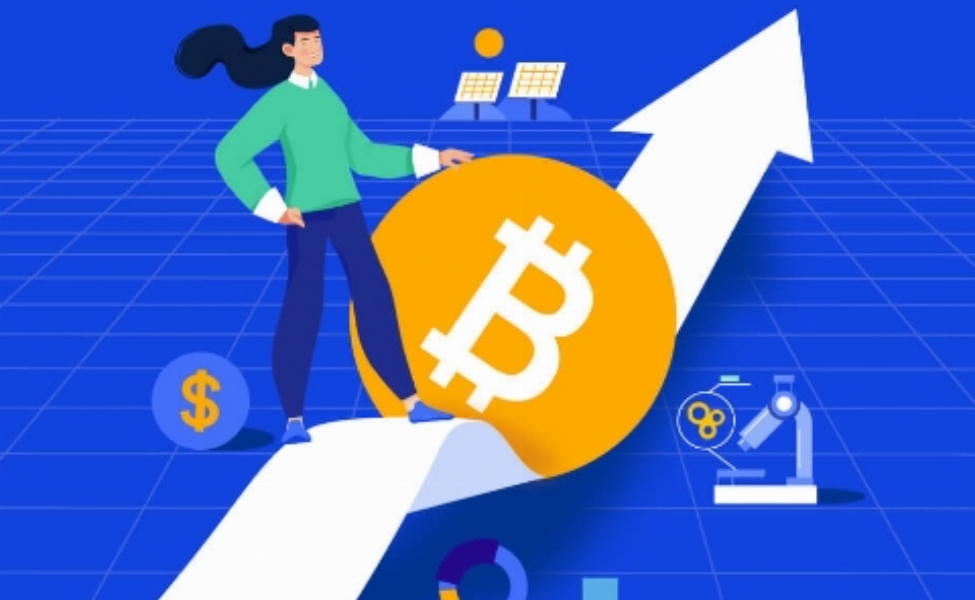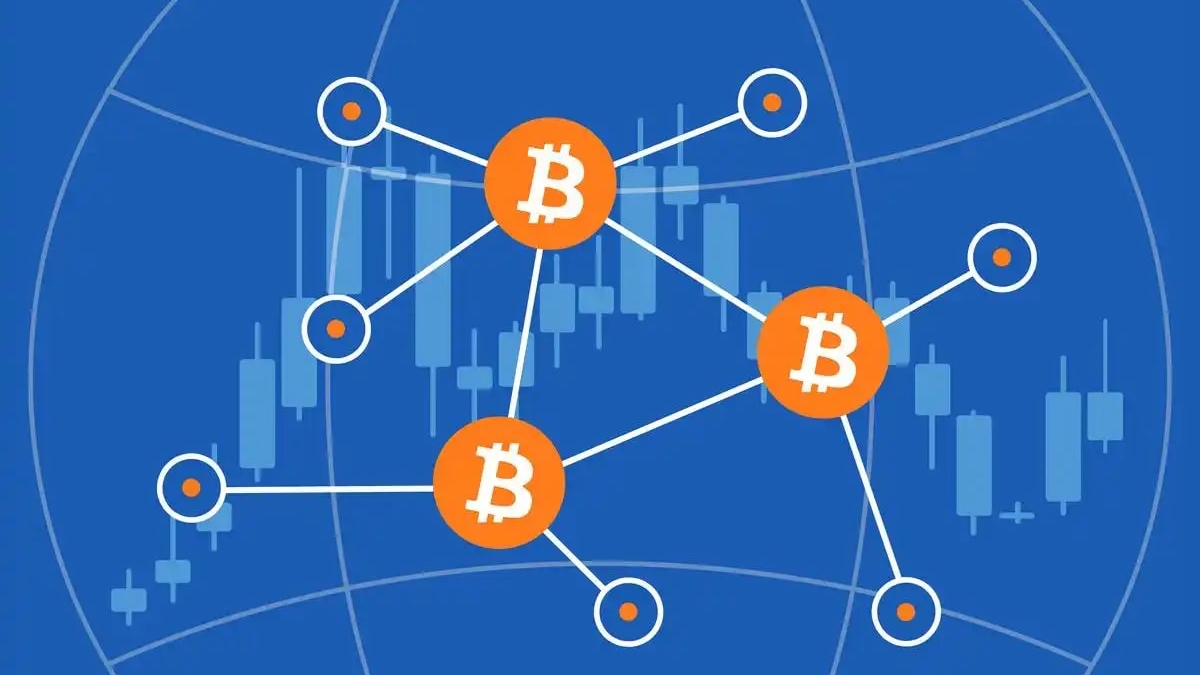The future of blockchain in payments is reshaping how people think about money, transactions, and financial freedom. What started as a niche technology for cryptocurrency enthusiasts has evolved into a powerful, real-world tool for fast, transparent, and borderless payments. From buying a cup of coffee to paying for a global subscription service, blockchain is transforming the way we spend.
SEE ALSO: How Random Keys Work? Platforms, Activation, and Buyer Guidelines
Why Blockchain is Revolutionizing Payments
Blockchain technology brings unique advantages that traditional payment systems can’t always match. Its decentralized nature removes intermediaries, allowing transactions to be processed directly between sender and receiver. This means:
- Faster transactions – Payments can be completed in minutes or even seconds, compared to traditional bank transfers that might take days.
- Lower fees – Without middlemen, transaction costs are significantly reduced.
- Global accessibility – Anyone with an internet connection can send or receive payments, no matter where they are in the world.
- Transparency and security – Every transaction is recorded on the blockchain, making it nearly impossible to alter or falsify records.
These benefits are why more businesses and consumers are exploring blockchain-based payment options today.
Real-World Use Cases
One of the most exciting developments in the future of blockchain in payments is its integration into everyday spending. Platforms like Itemku make it possible to convert cryptocurrency into lifestyle gift cards that can be used for groceries, food delivery, digital goods, and more.
For example, you could:
- Shop for groceries on Amazon or Target using crypto-purchased gift cards.
- Order dinner from GrabFood or Foodpanda with Ethereum or Bitcoin.
- Subscribe to digital services like Spotify, Netflix, or iTunes instantly.
This approach bridges the gap between digital currency and the physical world letting you enjoy the benefits of blockchain without worrying if a store accepts crypto directly.
SEE ALSO: Nintendo Switch 2: Are You Ready for It?
How Blockchain Payments Work

When you use blockchain for payments through platforms like Itemku, the process is simple:
- Select the product – Choose from a wide range of gift cards or digital goods.
- Pay with crypto – Use BTC, ETH, USDT, or other supported cryptocurrencies.
- Get instant delivery – Receive your gift card code by email or in your account dashboard.
- Redeem and enjoy – Spend it just like any prepaid card.
This method highlights one of blockchain’s key strengths speed. No waiting for bank approvals or currency conversions.
The Growing Role of Stablecoins
While Bitcoin and Ethereum are popular for payments, stablecoins like USDT or USDC are becoming essential for everyday use. Their value is pegged to stable assets (usually the US dollar), which protects users from the volatility of traditional cryptocurrencies. In the future of blockchain in payments, stablecoins are likely to play a major role in global adoption.
What’s Next for Blockchain Payments?
Looking ahead, blockchain payments could become as common as swiping a debit card. With advances in scalability, user-friendly wallets, and regulatory clarity, we may soon see:
- Mainstream adoption by retailers – More stores integrating blockchain payment gateways.
- Cross-border payment dominance – Instant international transfers without high remittance fees.
- Integration with smart contracts – Automated payments triggered by predefined conditions.
As more people discover practical solutions like converting crypto to gift cards on Itemku the gap between digital currency and everyday life will keep shrinking.
SEE ALSO: Grow a Garden Pets Tier List 2025
The future of blockchain in payments is about freedom, speed, and inclusivity. It’s a future where paying for your morning coffee with Bitcoin is as easy as tapping your phone, and sending money overseas is instant and nearly free. Platforms like Itemku are already making this a reality by turning crypto into gift cards for everyday use, showing that blockchain’s potential in payments is not just theoretical it’s here, and it’s growing.


